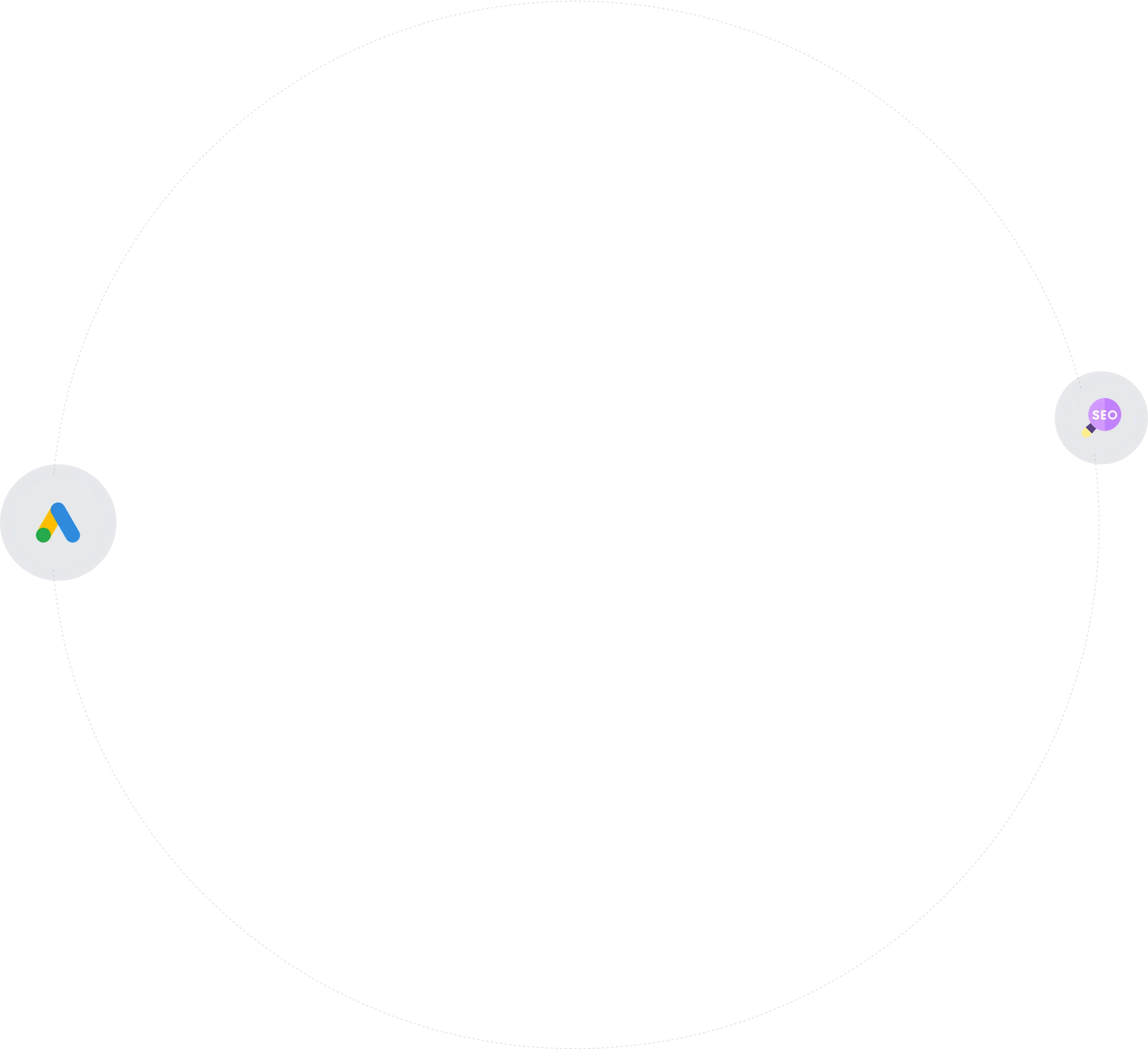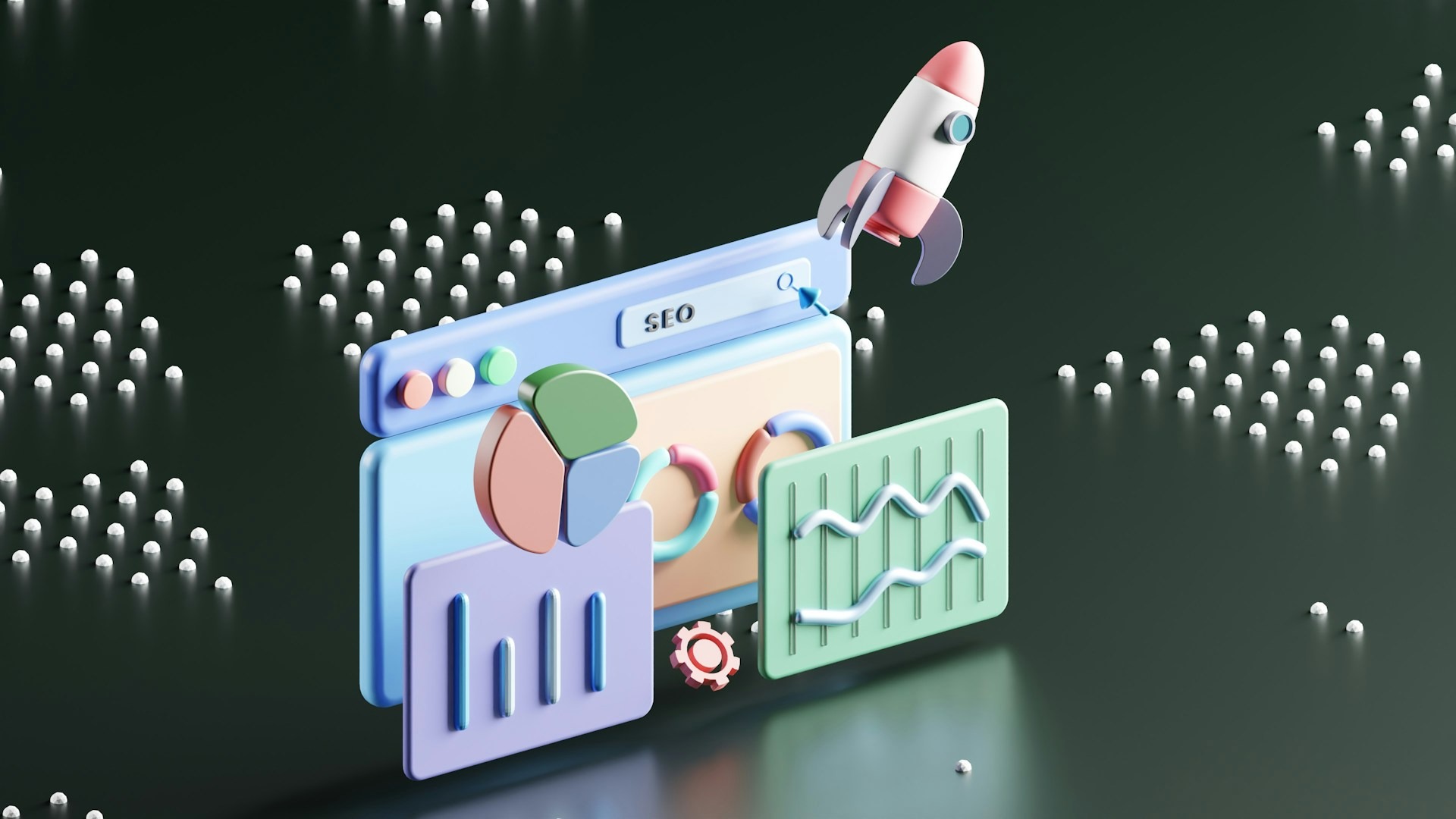
Internal Link Popularity — How to Use Popularity

.webp)

The most important facts in a nutshell






.webp)

Then now is the right time! Together we will turn your website into your strongest sales channel - with a clear strategy and measurable growth.
Get free adviceThis metric refers to the internal links of a website. This is also used to form a corresponding rating in order to influence the ranking in search engines.
What is internal link popularity?
An internal link popularity gives a result based on the links on a website. The use of link texts also plays a role here. All of these measures fall under the term on-page optimization and, of course, internal links have just as much value as external backlinks.
Why are internal links important?
An internal link is not necessarily a good internal link, because here too it is a question of quality rather than quantity. Internal linking helps the crawler of a search engine to include further subpages in the search index. In addition, clever internal links are also an element for greater user-friendliness. They shorten the paths for a user and increase the length of stay.
How can internal link popularity be optimized?
The Crawler Retrieves individual pages and then follows the links that can be found there. Most pages that are indexed or ranked by Google are due to internal links. An internal link is already the navigation, but this is not always sufficient. A limit is quickly reached here, especially with large websites. Important pages should be included in the navigation and the numerous subpages in turn in a meaningful link in the content. These are the characteristics of successful internal linking:
- Link in the Text in Connection with the Content
- Link is also recognizable as a link (by highlighting)
- Link text is clear and describes further content
- Content links Wherever they can be sensibly placed
Link texts are of great importance in optimization
Link texts are very important in optimization. Typical links such as “click here” should not be chosen — more suitable are “contact us without obligation” as a link to the contact page or “more information on search engine optimization” instead of “more information here.” Otherwise, there are hardly any other rules, as internal links cannot cause a penalty by Google, which is why there is no “over-optimization” in this case. The uniqueness of each link with a focus on meaningful and further-reaching content is the top rule for satisfied readers.
Improve Linkjuice internally
Internal links have an influence on the Link Juice, Whereby subpages with a lot of traffic can pass on their link power to new subpages. This in turn improves the ranking of other subpages.
Siloing as a Strategy for Internal Links
There is no definitive strategy for internal links, as it is the structure and content that are decisive. One strategy that can definitely pay off is siloing. Internal links are only placed on pages that match the respective subject area of the linked website.
Are you ready for rocket growth?
Arrange your personal consultation now and find out how we can help you get ahead in search engine marketing. Whether you run a small company or are responsible for a large corporation - we will find the right solution for you.


.svg)
.webp)
.webp)




.webp)





.webp)








